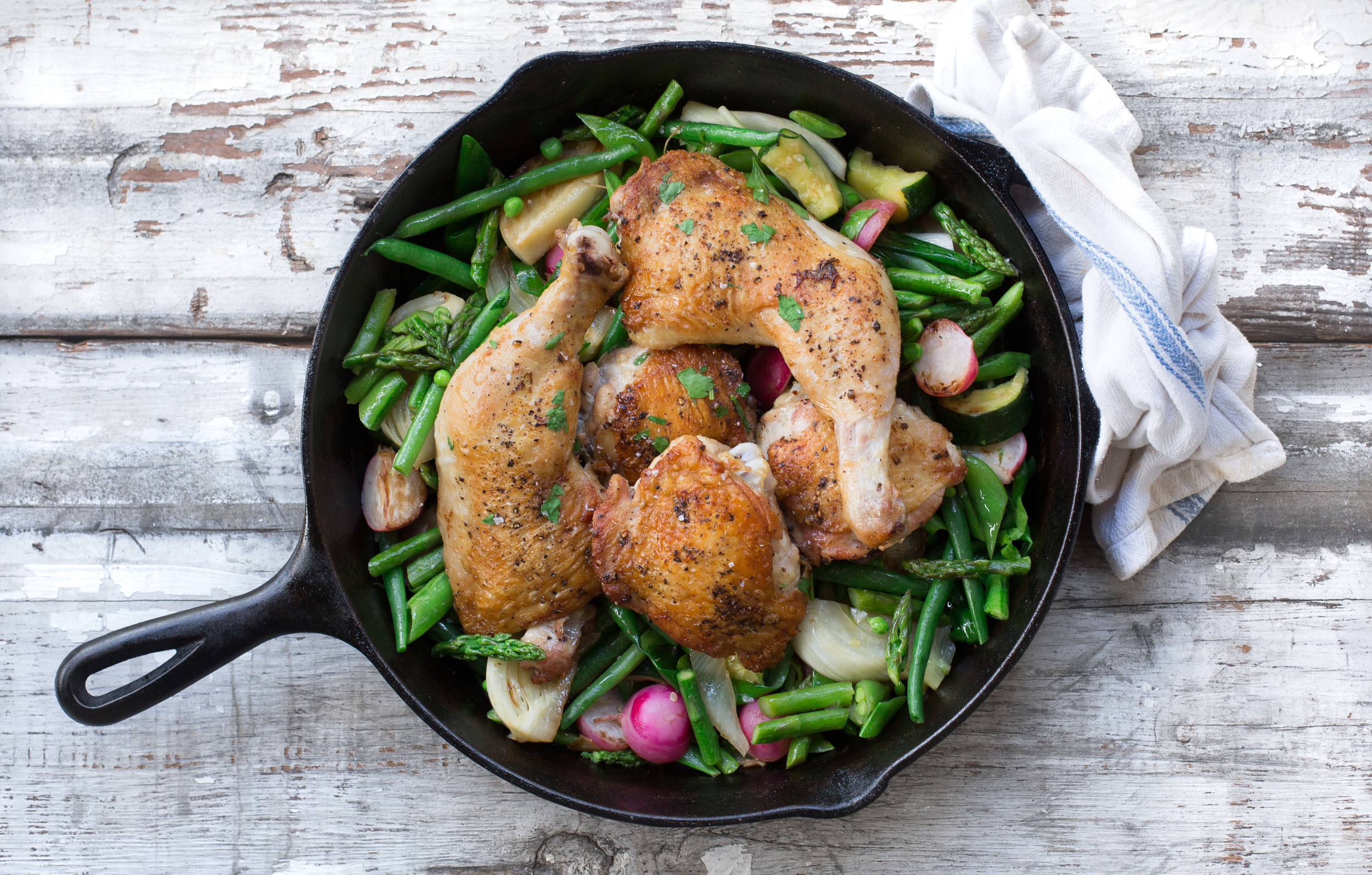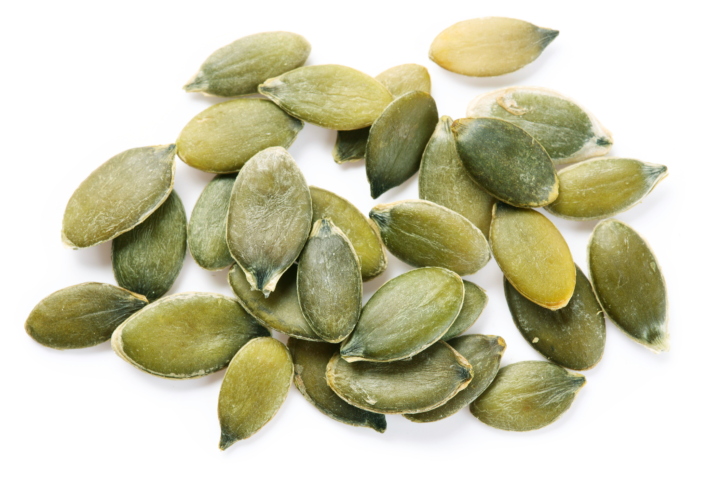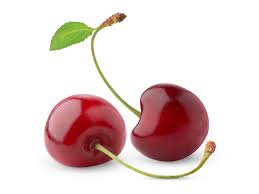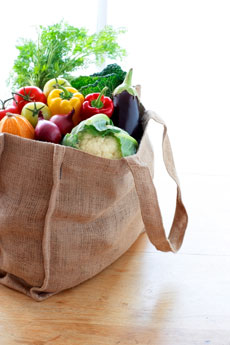Push-ups might seem like an incredibly simple exercise, but there is SO much more to it than simply bending your elbows and pushing yourself away from the floor. And if you've never been able to do one or never learned how to do a proper push-up, these tips can help you get on your way to building the strength you need to complete your first one or simply perfect form. I use push-ups not only to build upper body strength, but to increase trunk stability, correct muscular imbalances and teach the body how to work as one unit.
If you've worked with me before, you know I'm a stickler for proper form and technique in order to prevent injury and help you get the most out of your effort.
(Modifications: To decrease the intensity, perform push-ups on an incline with your hands on a stable platform (bench, table, sofa, etc). Elevate your body to a degree that allows you to perform with excellent form and decrease the angle as you get stronger, working closer to the floor.)
ALIGNMENT! is KEY to performing a safe and effective push-up
STARTING POSITION - PLANK
Upper body: Place your hands slightly wider than shoulder distance apart with your index fingers parallel to each other and align your shoulders with your wrists. As you press your hands into the floor, draw your shoulders away from your ears and down your back and visualize spinning the hands away from your torso to engage the lats and serratus anterior. This action will help you stabilize and maintain a strong upper body throughout the movement.
Spinal Alignment: Maintain a neutral head position so your body forms a straight line from the back of your head all the way to your heels. (It can be helpful to visualize a broomstick along the backside of your body - in contact with your head, upper back, hips and heels).
Focal Point: Pick a spot about one foot in front of your hands and maintain that focal point throughout the movement to help maintain the proper spinal alignment.
Core/Lower Body: Draw your navel up towards your spine to engage the abdominals; draw your bottom ribs and frontal hip points towards each other to fully engage the anterior core muscles; press your thighs towards the ceiling to engage the quadriceps; squeeze your glutes to help neutralize the pelvis and minimize stress to the spine; squeeze your inner thighs and ankles together to assist in engaging the entire lower body and core.
YEW! That's a lot to think about and we haven't even moved!
BREATHWORK
Your breath is so so so important as you perform this exercise (any exercise for that matter!), giving you more power and stability for each repetition. As you sit here and read this, give this a try - take a deep breath in and exhale ALL of your air out until you feel empty. Notice how the core fully engages.
When to breathe: INHALE as you lower your body towards the ground and EXHALE on the effort of pushing yourself back up to the starting position.
NOW THE PUSH-UP (THINK OF IT AS A MOVING PLANK!)
As you inhale, visualize slowly lowering your chest towards the floor, maintaining the alignment from your plank position. Elbows should be angled and pointed back to 45 degrees rather than directly out to the side. Use the strength of your legs and core to resist gravity and slow you down as you lower. Do not let your muscles relax. Pause when you find your edge that you can hold for a second and maintain alignment.
As you exhale, visualize lifting your body back up in a straight line as one solid unit, lifting your navel towards your spine. This movement should feel like a total body exercise, not only a chest and upper body exercise. If you lost ANY of your alignment lowering or coming back up, decrease the distance that you lower until you find you can maintain excellent form throughout.
REMINDER ONCE AGAIN - if this feels too challenging or you cannot maintain proper alignment, elevate your push-up to an incline and perform as described above. As you increase your strength, decrease the angle of your incline to move closer to the floor.
NO GO GET 'EM! Let me know if you have ANY questions - so happy to answer and help you perfect this universally amazing exercise.
Cheers! KM


























